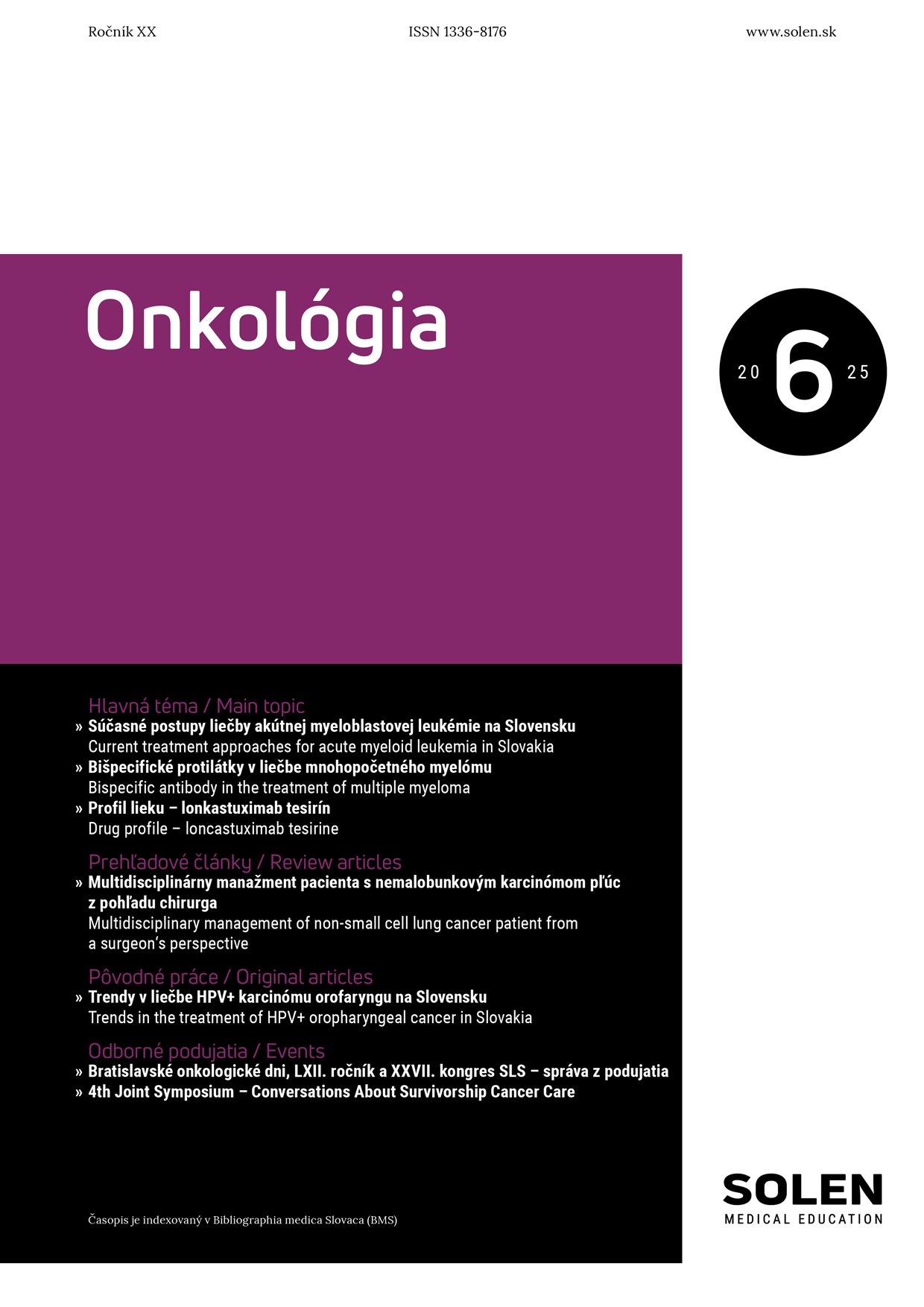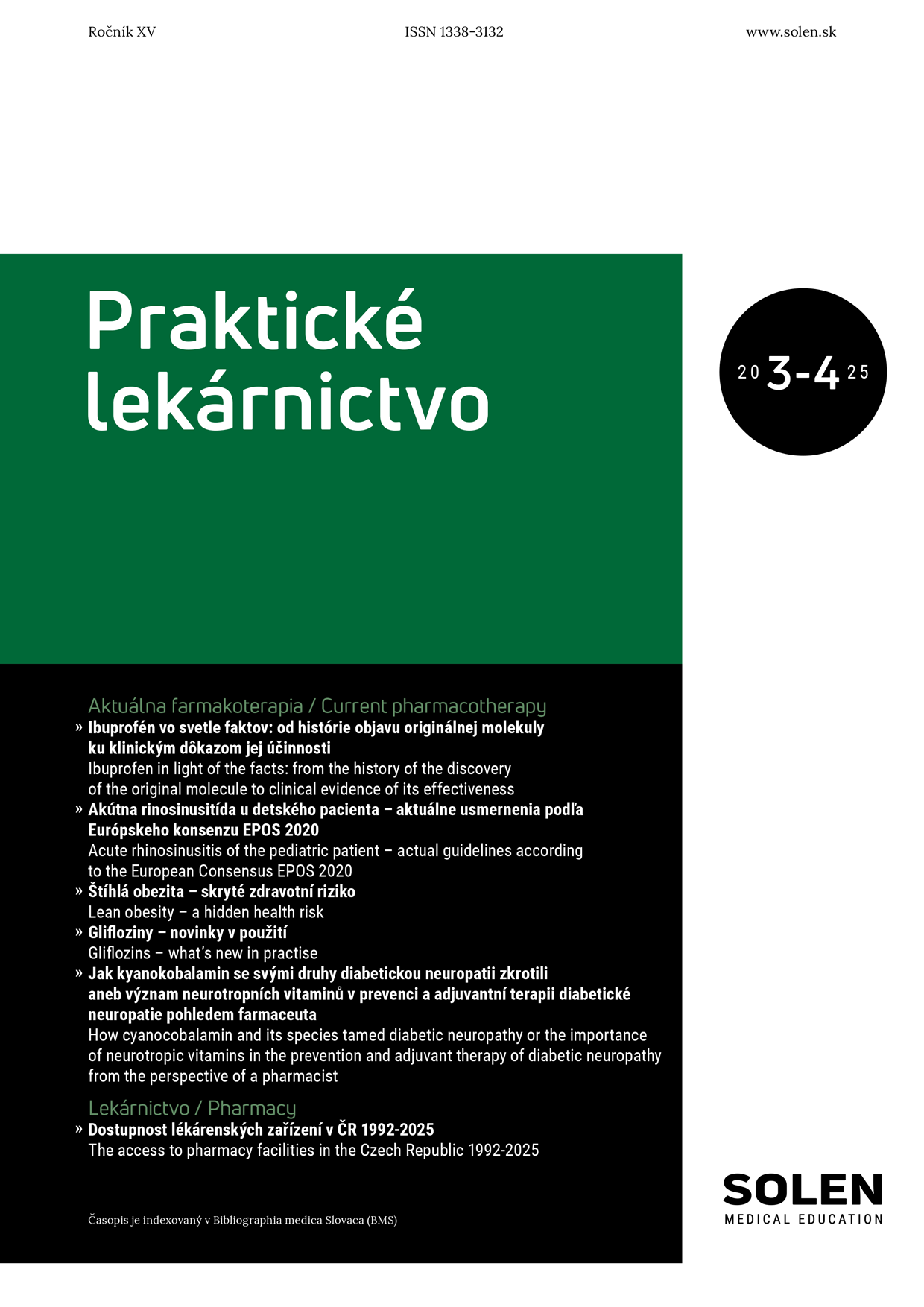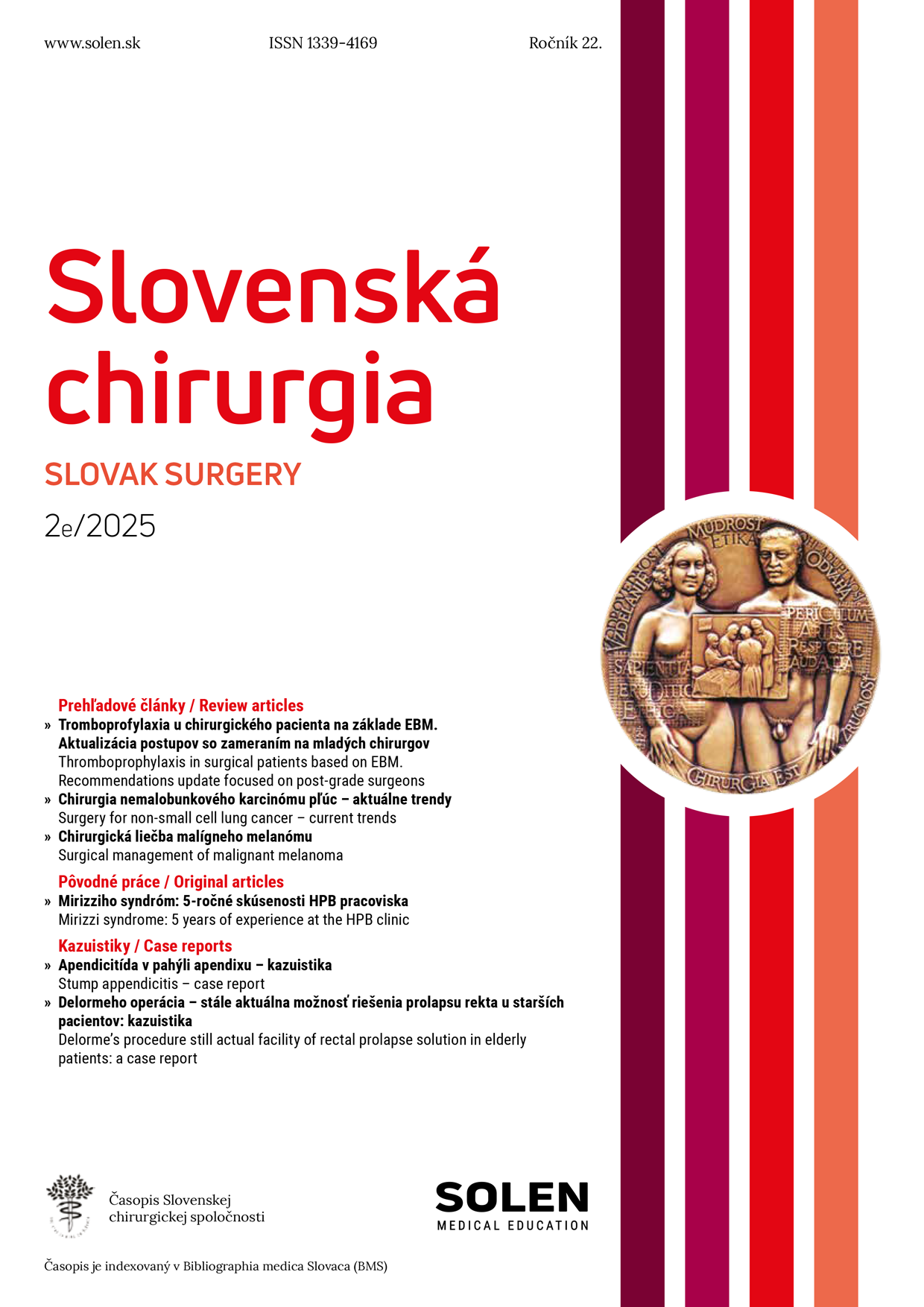Pediatria pre prax 4/2014
Úspešnosť sekvenčnej antibiotickej liečby akútnej pyelonefritídy cefalosporínmi
prof. MUDr. László Kovács, DrSc., MPH, MUDr. Viktor Jankó
Odporúčania na liečbu infekcie močových ciest (IMC) prešli v ostatnom období výraznými zmenami. Stále sa však zachováva výrazná individuálnosť vo výbere, dĺžke a spôsobe podávania antibiotickej liečby. Cieľom danej práce bolo hodnotiť úspešnosť 14-dňovej sekvenčnej antibiotickej liečby cefalosporínmi 3. generácie (ceftizoxim i. v. a cefixim p. o.) u 141 detí s nekomplikovanou akútnou pyelonefritídou a zistiť spektrum rezistencie kmeňovE. colina antibiotiká. Uvedená antibiotická liečba bola efektívna u 95 % pacientov, zmena liečby bola potrebná len u 7 pacientov (5 %), u každého z nich bol dokázaný Enterococcus species, ktorý je prirodzene rezistentný na cefalosporíny. Najvyššiu rezistenciu kmeňov E. colina antibiotiká sme zaznamenali pre aminopenicilíny – až 80 %. Počas 6-mesačného sledovania došlo k recidíve infekcie močových ciest iba v 8,2 % prípadov. Naše výsledky ukazujú, že sekvenčná ATB liečba cefalosporínmi je vysokoefektívna v liečbe akútnej pyelonefritídy. Dlhodobo nízka rezistencia na cefalosporíny je zárukou ich vynikajúceho liečebného potenciálu v terapii nekomplikovanej infekcie horných močových ciest. Dĺžka antibiotickej liečby môže byť kľúčová v prevencii recidív IMC.
Kľúčové slová: infekcia močových ciest, sekvenčná antibiotická liečba.
The effect of sequential antibiotic treatment with cephalosporins of acute pyelonephritis
Guidelines for treatment of urinary tract infections (UTI) have undergone significant changes in recent years. Despite some rules there is still significant individuality in selection, duration and rout of administration of the antibiotic therapy. The aim of the study was to assess the success of sequential 14-day-long sequential antibiotic treatment of third-generation cephalosporins (ceftizoxime and in the cefixime) in 141 children with uncomplicated acute pyelonephritis and to determine the spectrum of strains of E. coliresistance to antibiotics. Our preferred antibiotic treatment was effective in 95 % of patients. Only in 7 cases (5 %) we changed the empiric treatment. In all cases Enterococcus specieswas proven in the urine, which is naturally resistant to cephalosporins. The greatest resistance of strains of E. coli was recorded to aminopenicilins (80 %). The incidence of recurrence after our treatment during the 6 month follow-up was only 8,2 %. Our results suggest, that sequential treatment with cephalosporins is highly effective (95 %) in the treatment of acute pyelonephritis. Persistently low resistance to these agents allows their excellent therapeutic potential. The length of antibiotic treatment may be crucial in preventing recurrences of infections of the upper urinary tract UTI.
Keywords: urinary tract infections, sequential antibiotic treatment.

















